Deputy Prime Minister Tran Hong Ha signed Decision No. 179/QD-TTg dated February 16, 2024 approving the Construction Industry Development Strategy to 2030, with a vision to 2045.
Creating a favorable and equal environment in construction investment
The general goal by 2030 is to promote the completion of the institutional system and management tools, ensuring completeness, synchronization, unity, modernity, integration, creating a favorable, equal, and transparent environment for entities participating in construction investment activities; effectively and efficiently enforcing laws in all fields of the construction industry.
Improve the capacity of the construction industry to undertake all stages of management, design, procurement, and construction of modern, complex, large-scale construction projects and gradually compete and expand the market to foreign countries. Strongly develop the construction materials industry in the direction of saving energy and mineral resources, being environmentally friendly, having high technology content, meeting domestic demand, increasing the export of high-grade construction materials, developing new construction materials. Apply technology in construction investment management, design, construction, and construction quality management.
Accelerate the pace and improve the quality of urbanization and urban economy . Develop mechanisms and policies to promote the development of a harmonious urban system, in line with the potential and advantages of each region and locality; strongly develop satellite cities of a number of large cities, especially Hanoi and Ho Chi Minh City. Basically complete the system of institutions, mechanisms, policies, and management tools; build an urban government model associated with effective urban governance, enhance competitiveness; gradually improve the quality of urban development in terms of economy, society, infrastructure, architecture, housing, and people's quality of life.
Improve the quality of construction planning
At the same time, innovate and improve the quality of construction planning; build a modern, sustainable, and unique architecture that promptly meets the requirements of cultural development. Develop urban areas with a long-term vision; form a number of smart urban chains in key economic regions in the North, South, and Central regions; gradually connect with smart urban networks in the region and the world ; build low-carbon cities that reduce greenhouse gas emissions, and cities that are green, unique, and pioneering. and lead innovation activities, becoming the driving force of development.
Along with that, it contributes to basically completing the construction of the technical infrastructure system of the central cities of the country and the regions in a synchronous, modern and capable manner. Strengthening the capacity of the infrastructure system to respond to climate change. Gradually developing underground space in large cities. Increasing connectivity between cities in the country and the region; linking urban and rural development.
Build a transparent mechanism to evaluate real estate values according to market mechanisms. Basically solve housing needs for urban residents, expand housing types; have policies to support and promote the development of social housing.
Real estate market develops sustainably, healthily and transparently
By 2045, the construction industry will ensure that it is capable of designing and constructing modern, complex construction works in all fields of all scales and is competitive and has the ability to expand its market operations abroad. Developing the construction materials industry to the level of a modern industry. The urbanization rate is among the high average of the ASEAN region and Asia. The urban system is linked into a synchronous, unified, balanced network between regions and areas, with the ability to withstand and adapt to climate change, prevent and combat natural disasters and epidemics, protect the environment, and have typical, unique, green, modern, and smart architecture. The urban technical infrastructure system will develop synchronously, meeting the needs and speed of urban development. Housing development will meet the needs of new construction and renovation of people's houses; the real estate market will develop sustainably, healthily, and transparently.
In particular, the field of construction planning and architecture is comprehensively innovated in terms of methods, processes, contents and planning products in the direction that construction planning must have a multi-disciplinary approach, covering a long-term, comprehensive, strategic vision, respecting market rules and principles of sustainable development; ensuring the hierarchy, continuity, unity, completeness and integration of the planning system, closely linked with rural planning; clearly defining areas in the content of urban planning and applying development control tools according to planning and plans; linking urban planning with implementation resources.
Organize planning, construction and development of urban areas, urban areas, especially planning for construction of technical infrastructure, social infrastructure, public areas, planning for management and use of connecting spaces, underground spaces and urban underground works systems in accordance with strategies, planning and plans to ensure national defense and security.
Implement policies to decompress and reduce the load for large cities
Urban development sector : Synchronously implement policies to decompress and reduce the load on large cities, move people to surrounding cities that have fully formed cultural institutions, technical infrastructure, and social infrastructure; focus on promoting the infrastructure system and services in satellite cities, city-affiliated city models, ensuring that urban areas play a central role in socio-economic development, science and technology, education and training, innovation and startups of the locality, each region and the whole country. Prioritize the development of small cities (type V) and suburban areas to support rural development through urban-rural linkages. Control low-density urban development in type II and above urban areas; focus on in-depth urban development and improving the quality of people's living environment.
Urban technical infrastructure sector : Investing in developing regional and inter-regional technical infrastructure systems; perfecting the legal framework for urban technical infrastructure management; implementing investment in the construction of key infrastructure works in large cities, focusing on the fields of urban transport, water supply, drainage and urban wastewater treatment.
Create favorable conditions for households to build and renovate suitable houses.
Housing sector : Effectively implement the National Housing Development Strategy to 2030, with a vision to 2045. Innovate methods and models for managing and developing social housing, especially housing for workers in industrial parks. Reform administrative procedures, creating favorable conditions for households and individuals to build and renovate their own houses in accordance with urban planning and urban architecture management regulations. Closely manage and monitor the development of high-rise housing in the centers of large cities. Research and promulgate separate mechanisms and policies on investment in housing construction for workers in industrial parks, prioritizing the allocation of sufficient land funds for housing development for workers and other institutions in industrial parks.
Real estate market management : Exploiting and using real estate effectively, especially land real estate, maximizing resources from land, houses and constructions on land to serve the goals of socio-economic development and the cause of industrialization and modernization of the country. Developing a variety of real estate types to meet the needs of socio-economic development, ensuring the balance of supply and demand of each segment, each locality and in each period...
Tra Vinh Online Newspaper
Source


![[Photo] Ready for the top competitions of Vietnamese table tennis](https://vphoto.vietnam.vn/thumb/1200x675/vietnam/resource/IMAGE/2025/5/18/9c547c497c5a4ade8f98c8e7d44f5a41)
![[Photo] Many young people patiently lined up under the hot sun to receive a special supplement from Nhan Dan Newspaper.](https://vphoto.vietnam.vn/thumb/1200x675/vietnam/resource/IMAGE/2025/5/18/6f19d322f9364f0ebb6fbfe9377842d3)
![[Photo] Party and State leaders attend the special art program "You are Ho Chi Minh"](https://vphoto.vietnam.vn/thumb/1200x675/vietnam/resource/IMAGE/2025/5/18/6895913f94fd4c51aa4564ab14c3f250)



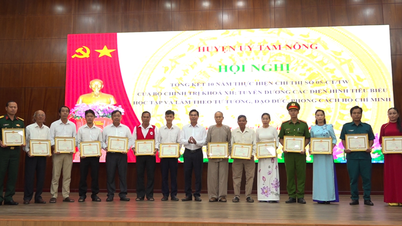
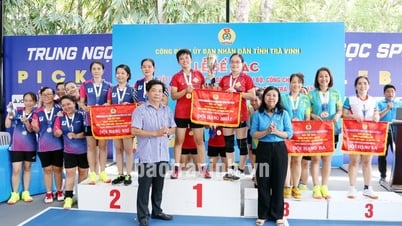
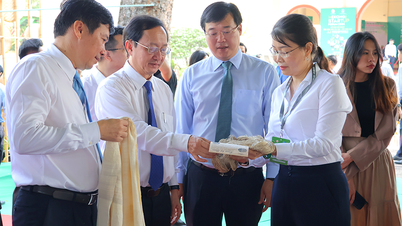
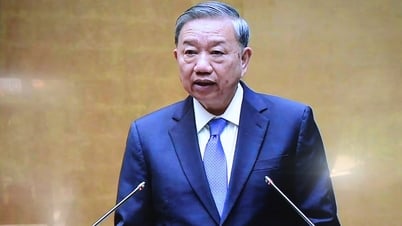
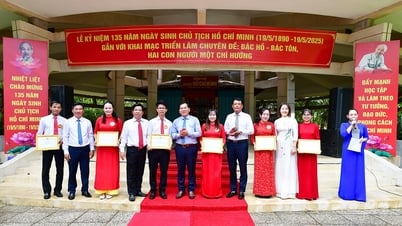








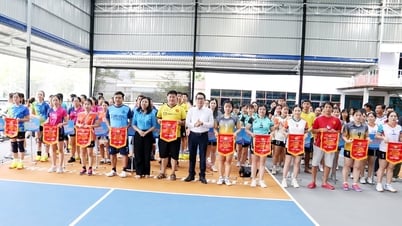

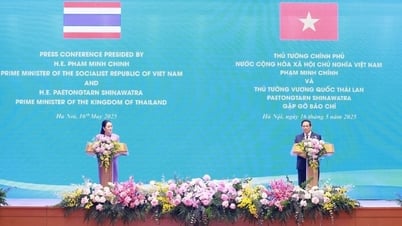




















































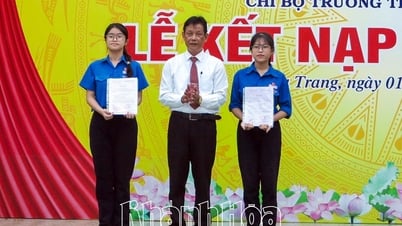
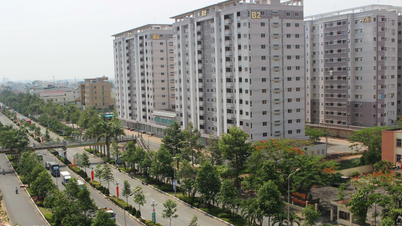

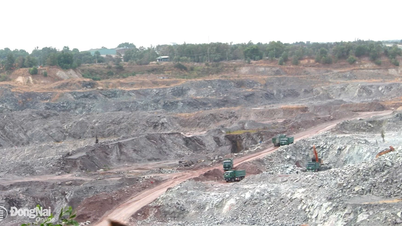








Comment (0)